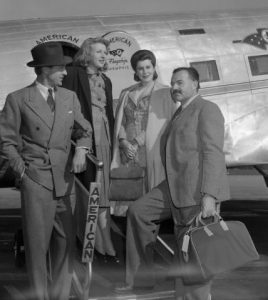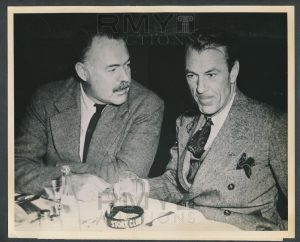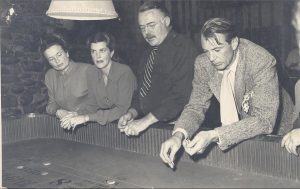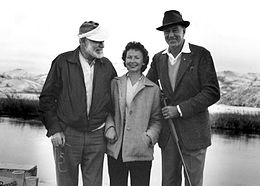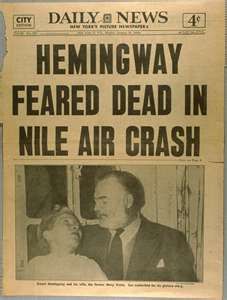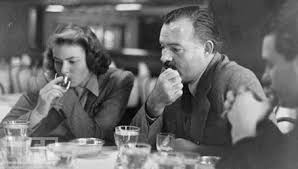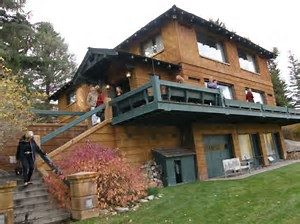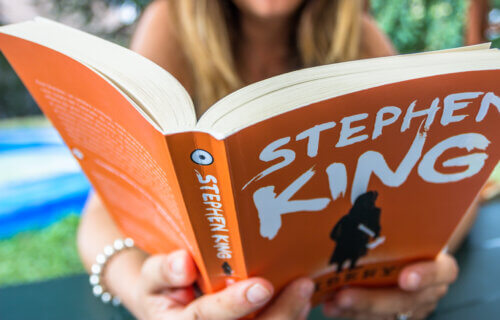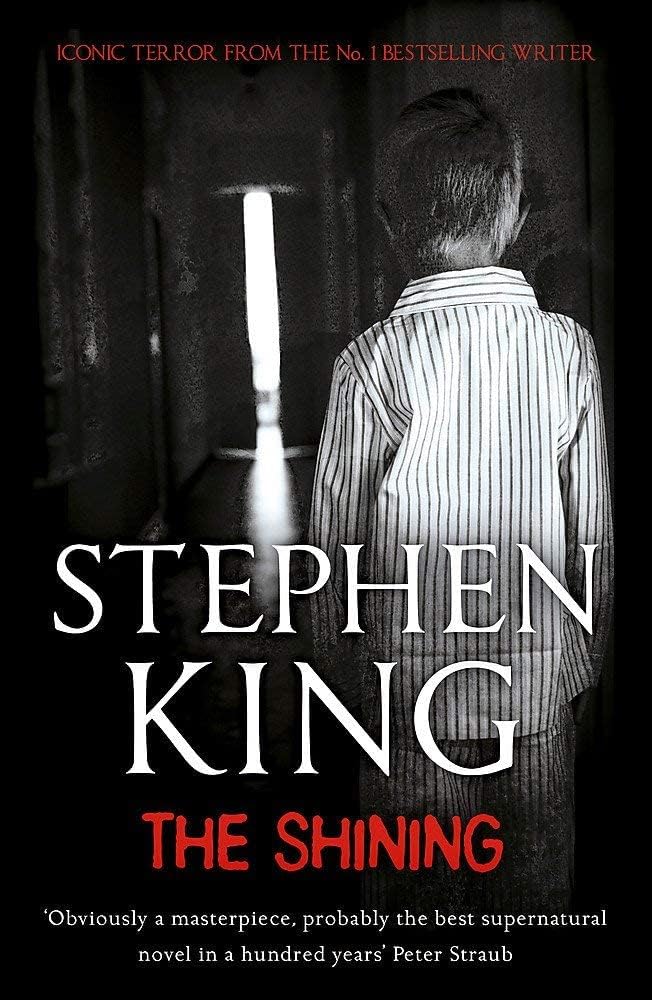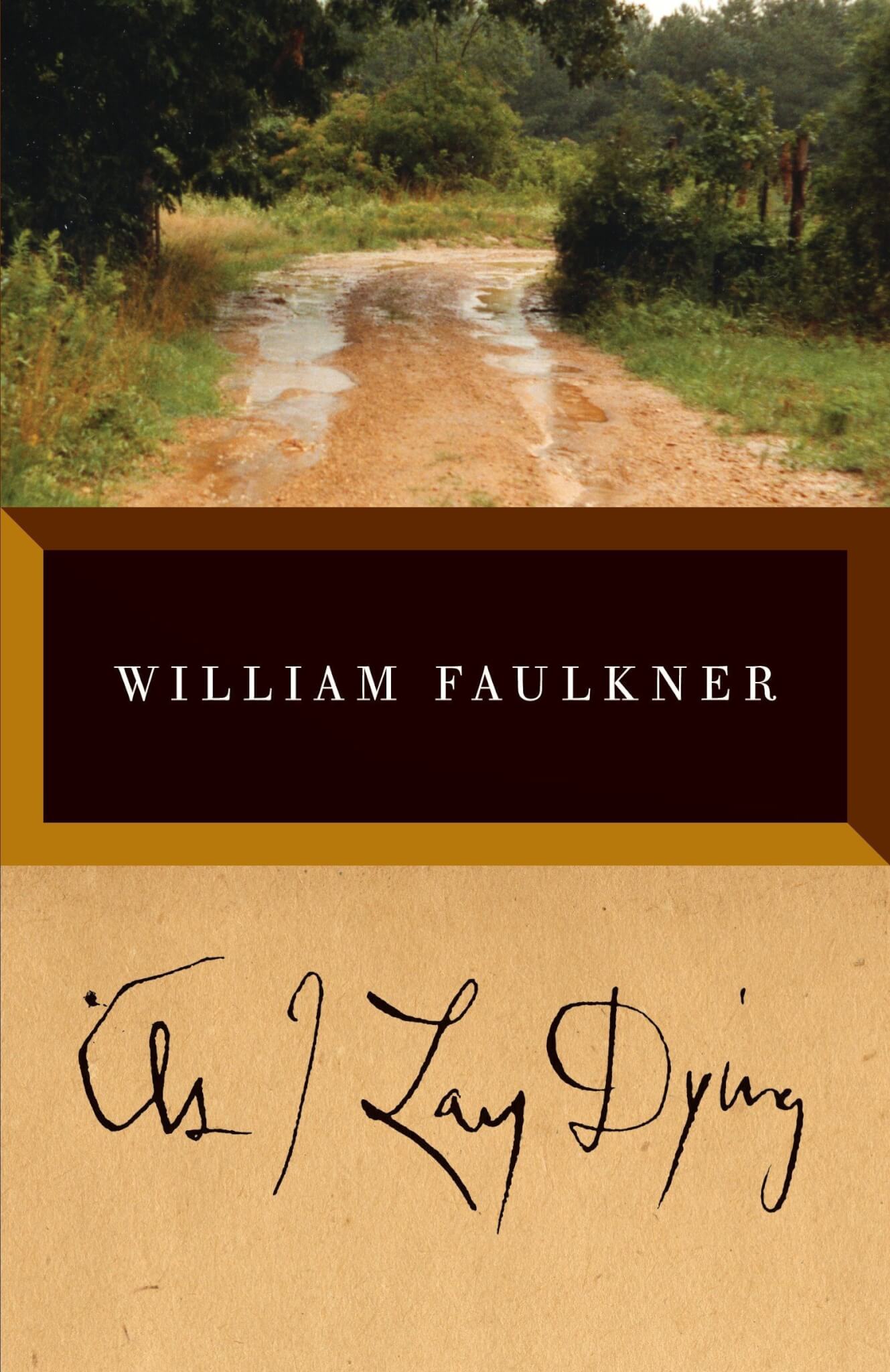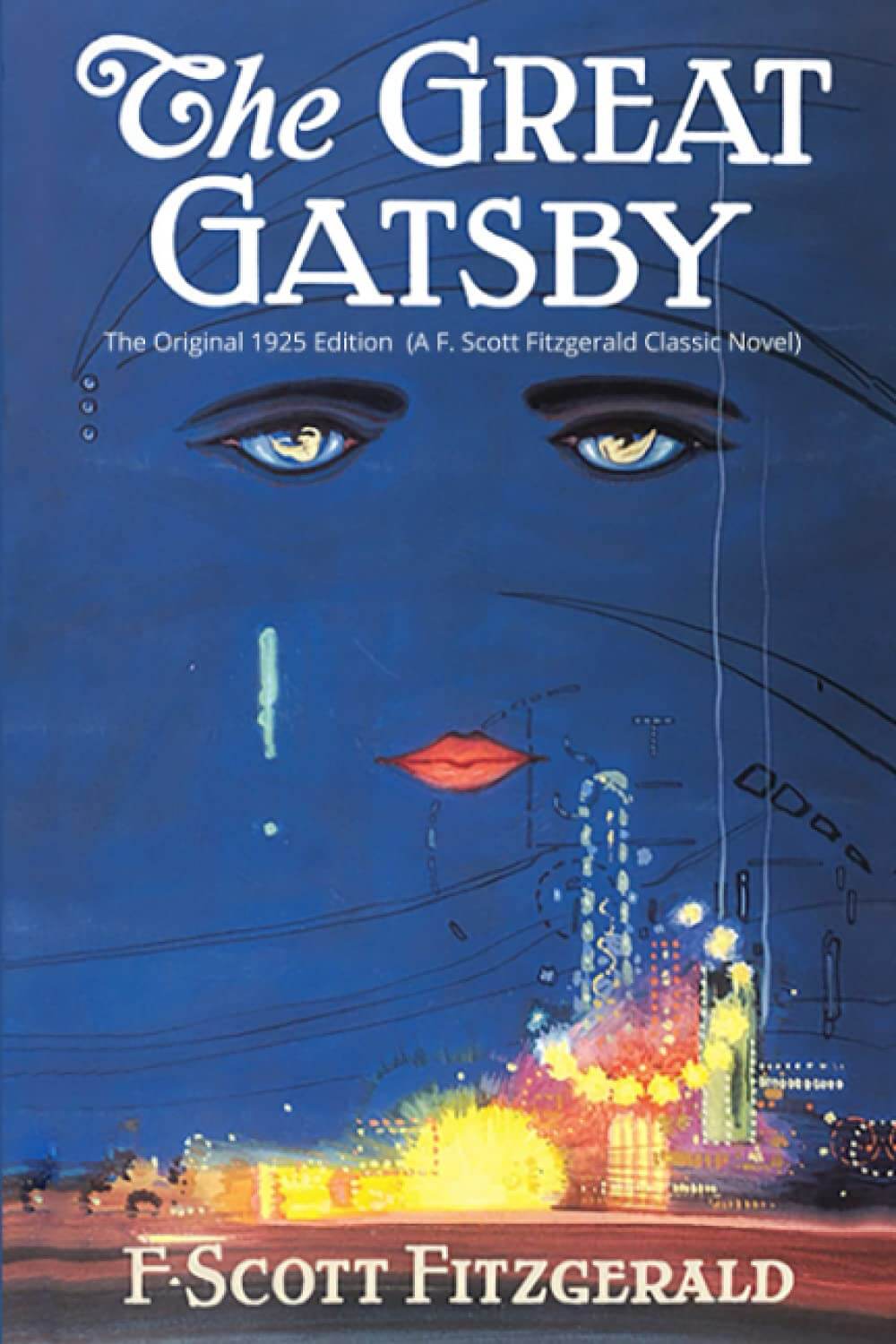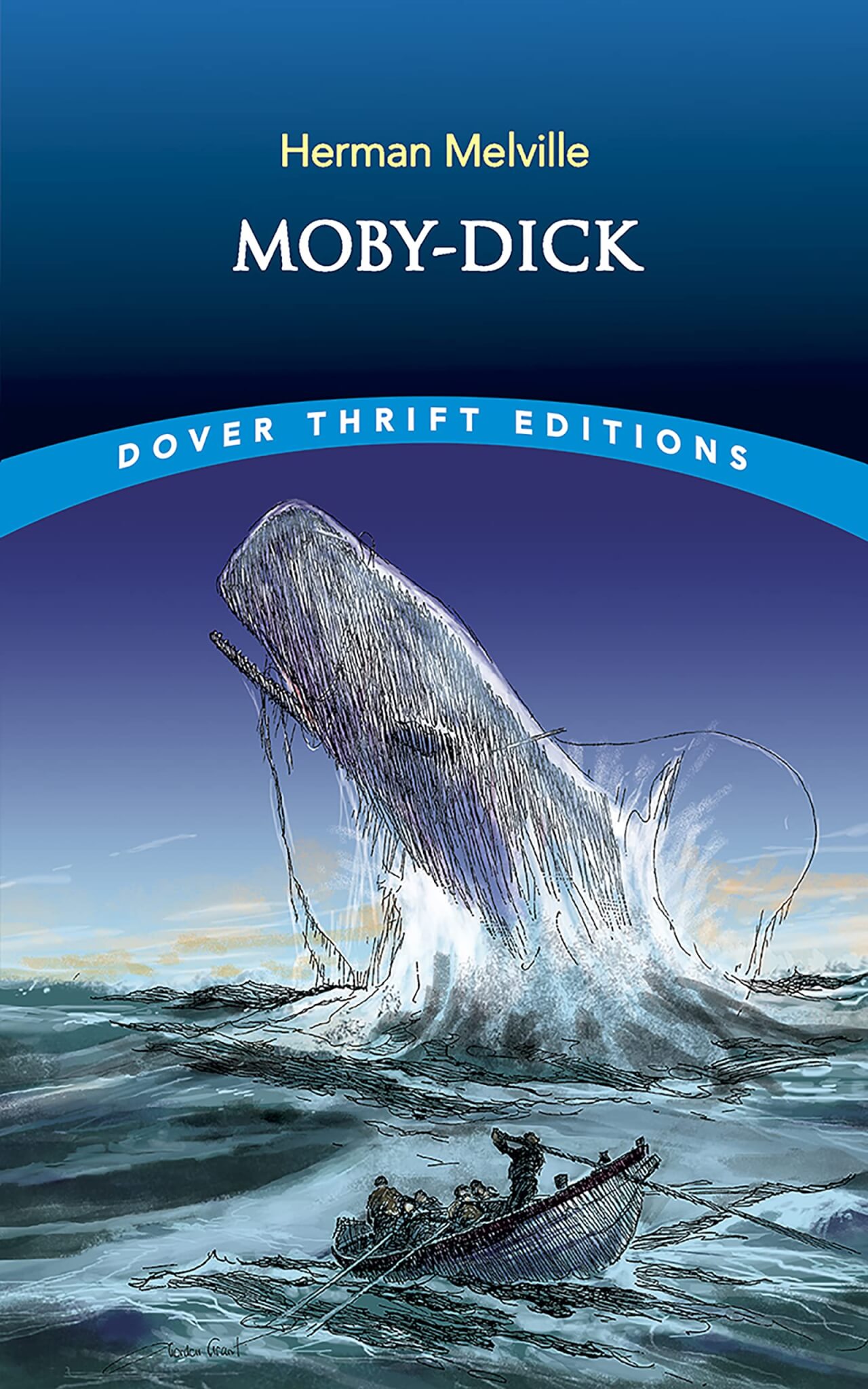OOKS |
10 Women Who Influenced the Manly Ernest Hemingway
Ernest Hemingway is one of the most legendary writers to come out of the twentieth century. His no-nonsense prose, acute observation, and Lost Generation skepticism concretize his novels as some of the best in American literature, but his celebrity reputation is perhaps even better well known.
The rough-and-tough writer was notorious for his machismo, upholding traditional masculinity through his boozing, fighting, hunting, fishing, and womanizing. While he may come across as a man’s man, it is impossible to disregard the deep and profound—and perhaps even ironic—influence the women in his life had on him, from birth until death.
10. Grace Hall Hemingway
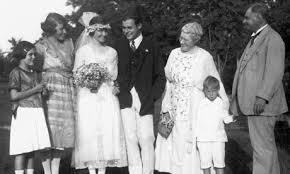
“My mother is an all-time American bitch. She would make a pack mule shoot himself,” wrote Ernest Hemingway about his mother, Grace Hall Hemingway.
Ernest was the second child of Grace and Dr. Clarence (Ed) Hemingway. He was born on a summer day outside Chicago, Illinois, and his mother lovingly wrote, “The sun shone brightly, and the Robins sang their sweetest songs to welcome the little stranger to this beautiful world.”
Grace was unlike many women of her generation and neighborhood. She originally had a promising career as an opera singer, but abandoned to return to Chicago to marry Ed. She never let anyone forget her former career, however, and continued to let her creativity flow. She taught music, wrote poetry and her own music, and painted. She even brought in more income than her husband, an obstetrician.
As a mother, she made it a point to expose her children to art, music, and travel. In fact, when each of her children turned eleven years old, she took them to Nantucket for a month of seafaring, history, and art. Sometimes, however, her influence over her children broached the extreme. For instance, when Ernest was a child, she dressed him in the same clothing as his elder sister, Marcelline, to pass them off as twins, among other eccentricities.
With such an artistic, progressive, dominant mother figure, how could a child become anything but a troubled novelist?
While we can never know how influential Grace was on her son, Hemingway’s third wife, Martha Gellhorn, wrote, “Deep in Ernest, due to his mother, going back to the indestructible first memories of childhood, was mistrust and fear of women.”[1]
Martha was Hemingway’s third wife. Professionally, she and her husband were well matched, as she, too, was a successful journalist, war correspondent, and novelist. While they seemed perfectly suited in their love of travel and dedication to their careers, it was these similarities that perhaps drove them apart and challenged Hemingway more than any other marriage.
At the time of their meeting, Hemingway’s marriage to his second wife was coming to an end, and Gellhorn and Hemingway complimented one another. Between both of their work as journalists, as well as his publication of For Whom the Bell Tolls, they were what today’s culture could call a “power couple.”
That is until her career began to outshine his.
Tension had already begun to grow between them as she covered stories around the world, leaving Hemingway at home for weeks or months at a time. He once wrote to her, “Are you a war correspondent, or wife in my bed?”
She answered him by hopping on a ship to Omaha Beach the day after D-Day, leaving Hemingway and his insecurity at home. Perhaps that sense of insecurity is what pushed him onward to even better work.[2]
One of the most well-known names of the Lost Generation is the stylish and eccentric writer and art collector Gertrude Stein. She is perhaps best recognized for hosting salons in the 1920s in Paris at which names like Picasso, Anderson, and Hemingway all attended at one point or another.
To have the patronage of Gertrude Stein was to be on your way to a respectable career in the arts. Her taste was highly respected in literary circles across the world, making her a very influential person. To have her read your novel for critiques or remark upon your art to a paying ear had the potential to change everything.
When Hemingway and his wife, Hadley Richardson, moved to Paris in the early 1920s, he sought out Stein. He was met with a strong and supportive, if not at times contentious, mentor. She helped connect Hemingway to fellow writers and hone his writing style. Ironically, their execution was very different.
Stein was known for her complex, “stream-of-consciousness” style, while Hemingway is famous for his straightforward, simple prose. Despite these differences and their later disagreement over his novel The Sun Also Rises, Hemingway’s name may not be nearly as well-known if not for the launch pad that was Gertrude Stein’s helping hand.
7Hadley Richardson

Hadley Richardson was Hemingway’s first wife, the woman who was by his side as he pursued his career overseas in Paris. The couple met in Chicago and eventually married in Bay Township, Michigan, in September 1921. Months later, the couple moved to Paris, where they would live off and on for the next several years. Their time in Paris, including their travels, fraternization with fellow expatriates, the birth of their son, and Hemingway’s infidelity, would become the inspiration for his posthumously published memoir, A Moveable Feast.
Her influence does not only extend to that single piece of work. In many ways, she remained a ghost by his side his entire life, with Hemingway writing, “I wished I had died before I ever loved anyone but her.” To look deeply into their relationship, in a fashion, she was a mirror of his own darkness, having herself written, “I know how it feels cause I have so very many times wanted to go and couldn’t on account of the mess it’d leave some other people in.”
Further, while it is well-known that Hemingway died of suicide, it is perhaps less well-known that, fifty or so years prior, a young Hadley Richardson had contemplated her own suicide while attending college at Bryn Mawr. In Paris, she was a rock, ever by his side, even as his affair with editor Pauline Pfieffer took place. She was by his side in Pamplona, where he gained his inspiration for his novel The Sun Also Rises. She bore his first child and was one of the last to speak with him before he died.
Hemingway scholars and historians consider Hadley to be Hemingway’s “favorite wife” or “greatest love,” the perfect woman for him, despite how turbulent his romantic life ended up becoming.[4]
Pauline’s marriage to the famous writer was the second-longest, coming in at thirteen years. Over that time, despite the relationship’s eventual demise, Pauline contributed greatly to Ernest’s life and career. Aside from giving birth to two of his three children, she is the greatest editor Ernest had ever worked with, according to him. In addition, her family’s wealth provided for their home and adventures that later fueled so much of Hemingway’s writing.[5]
er, and an overseer of the author’s legacy.[10]

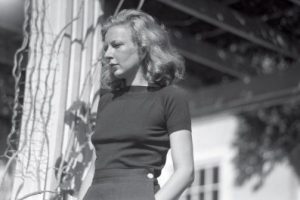
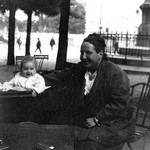

















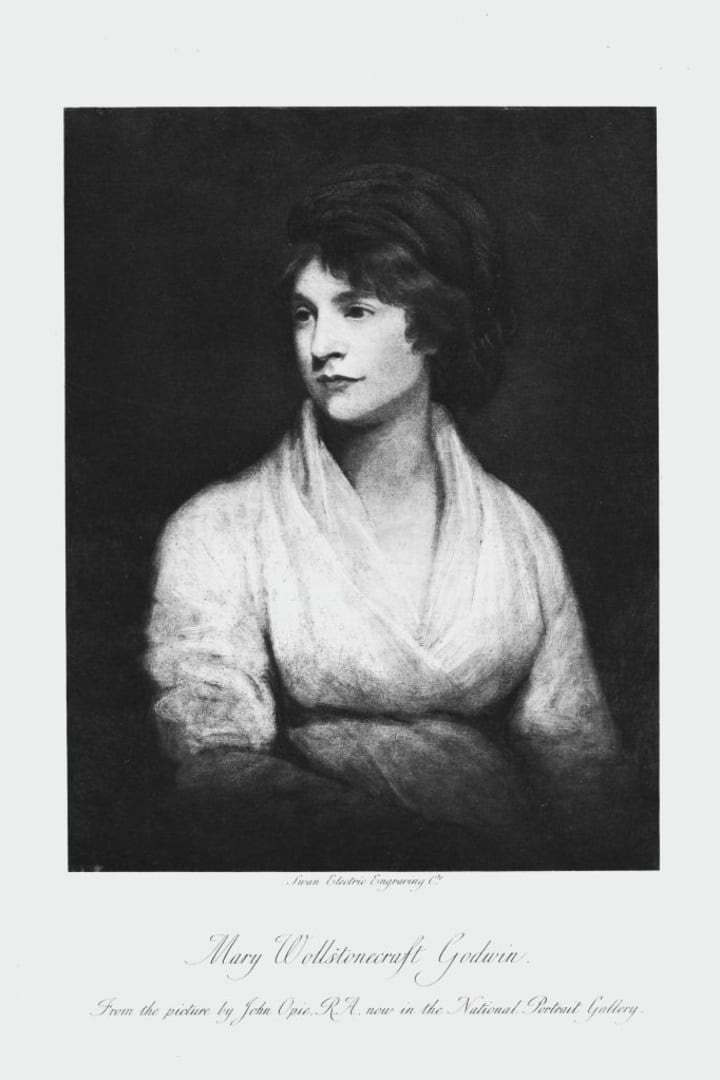



-kGmC-U21042940305t2H-650x455@Diario%20Sur.jpg)


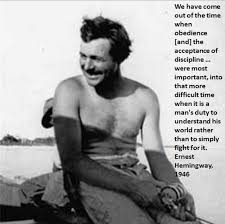


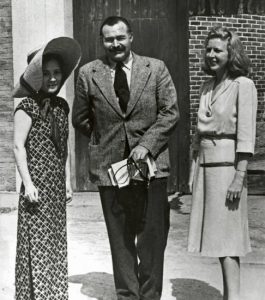
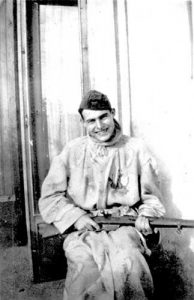
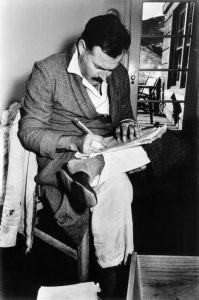


 Hem with the “Long-legged son of a bitch.”
Hem with the “Long-legged son of a bitch.”